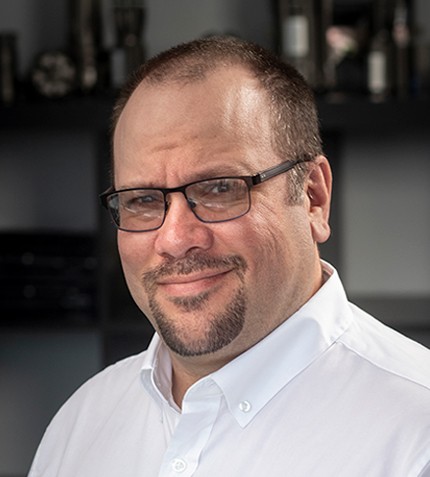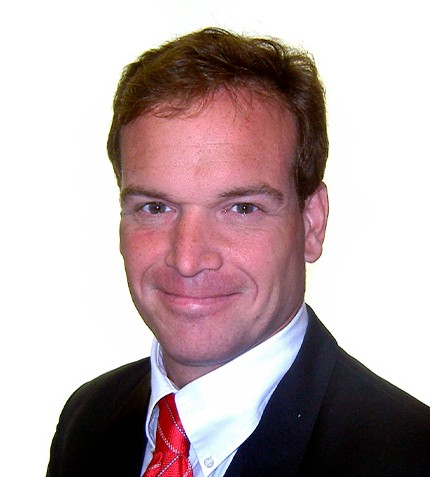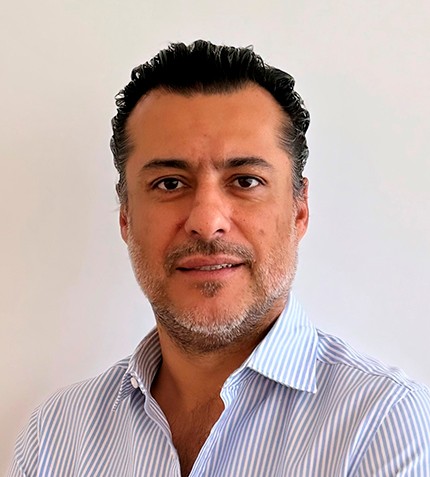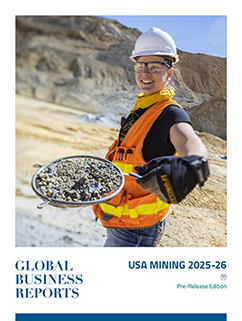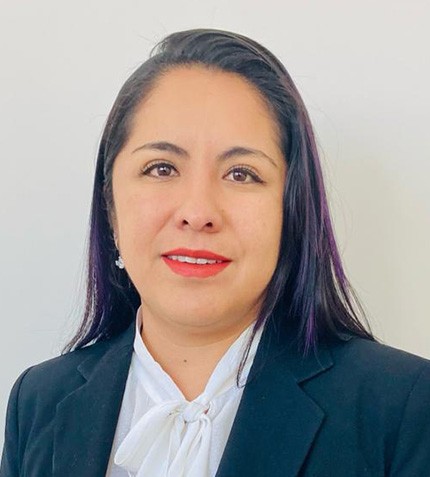
"HELM has a very ambitious growth strategy for its Chemicals business in the Americas, which includes both organic and inorganic growth."
N. Adriana Ramírez Millán
CHEMICALS SALES DIRECTOR, HELM DE MEXICO
Can you explain HELM de México’s business model and the footprint the company has in Mexico today?
HELM has five divisions: pharmaceutics, animal nutrition, human nutrition, crop nutrition, and chemicals. Due the nature of the chemical business and its dynamic, diverse market, it is the largest division in volume and turnover, both in Mexico and worldwide for HELM. HELM de México’s chemical division was born almost 18 years ago as a distributor, our first product being acetone. Since then our chemical portfolio has grown considerably to around 18 products where we have a leading position in the market. Several strategic smaller distributors in Mexico help us reach the depths of the market. Today, our core business is bringing large dimensions of products into Mexico and transferring from ships all the way down to totes through our distribution arms. That is why in Mexico HELM operates more as a marketing company than a classical small lot distributor. Our target customers are purchasing product in tanker trucks, and we have some solids where we partly sell smaller lot sizes too.
What are the main market drivers for glycol in Mexico?
When Pemex decided to ramp down production, we saw this opportunity, not only for the automotive industry, but also for many other applications like the formulation of some polyurethanes, and we started inquiring into PET and polyester fibers, and other markets that need glycol. The volume we have access to is mainly from the US, Mexico and Brazil, which allows us to reach agreements and have diversity of sources.
On the topic of resins, how has Helm’s styrene business developed?
Styrene is one of the products no longer being produced in Mexico but the industry still has a demand for it, such as the the EPS plant in Altamira. Furthermore, as with glycol, we handle styrene in the all parts of the world as one of Helm’s main products. Product handling must be done carefully regarding safety and the environment, from the loading to the delivery. That is why having the infrastructure, the controls, and working in high-level terminals with safety standards opens the door to business opportunities in this area.
What do you believe are the main challenges facing Mexico’s chemical industry at the moment?
One of the challenges, but also an opportunity for companies like HELM, is to identify which products are needed whose demand cannot be met by national production. However, a lack of local production results in challenges surrounding lead times, especially in the last two years. Mexico has the advantage of having several entrances through different ports, whether a ship comes from China, Europe or Asia, but lead time delays can make a great business a terrible business in an instant. Prices can change in a week and if someone else can get in faster, it throws profits out of balance. Another challenge is storage capacity.
Could you give examples of circular economy initiatives Helm de México is involved in?
HELM is concerned worldwide to implement an environmental concept, not only in its chemicals division. We look to find chains and products of natural origin that can be implemented in the industry, such as biodiesel, but the market at the level of prices still needs some training and maturing, because those green products tend to be above the average price. Our clients producing polyethylene are very focused on green products, and HELM is aligned with this, but these concepts must continue to be developed before they receive widespread adoption.
What are Helm de México’s priorities and vision for the next two years?
Our target for the next two years is to further increase our leading position in the Mexican chemicals market by increasing our top products as well as adding new products to our portfolio. HELM has a very ambitious growth strategy for its Chemicals business in the Americas, which includes both organic and inorganic growth. The recipe of focusing on scale and consolidation with clients, suppliers and terminals has worked well for us, synchronizing business strategies. Mexico sometimes has sudden changes regarding legal compliance, so it is important for all parties to be on the same page.




